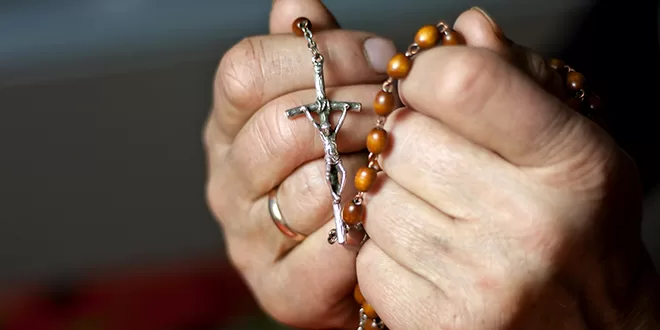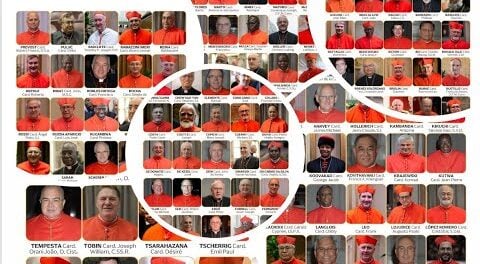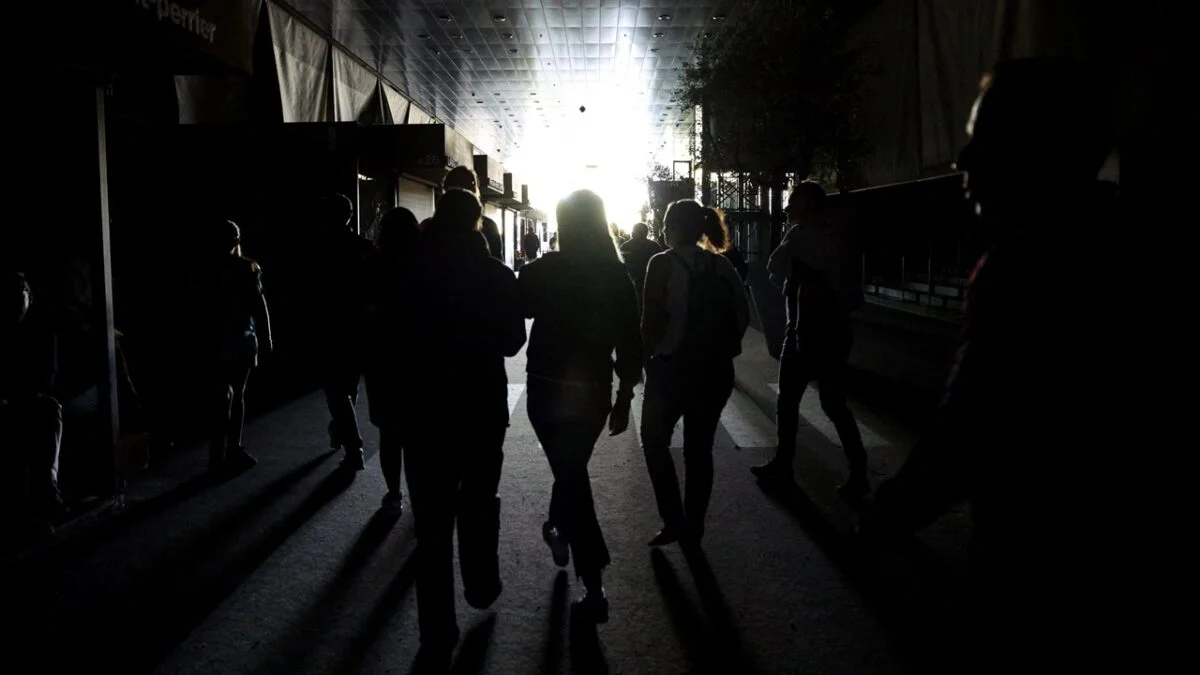
Author: Mother & Refuge
-

The Holy Hero Who Halted the Lava!
Read More: The Holy Hero Who Halted the Lava!St. Francis Xavier Bianchi, Apostle of Naples, miraculously stopped a lava flow after the eruption of Vesuvius, and predicted the fall of Napoleon. Armed with God-given power, the miracle-working hand of St. Francis Xavier Bianchi (1743-1815) of the Barnabite order triumphed over the destructive power of Vesuvius. In 1804, the volcano awoke with a fury like…
-
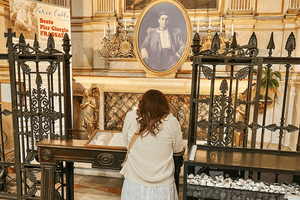
Do Catholics worship saints?
Read More: Do Catholics worship saints?Often non-Catholics will claim that “Catholics worship saints.” This statement usually comes from the fact that Catholics often pray to saints, performing various devotions to them. While it may appear to some people that Catholics are worshiping saints, what they are doing is far from it. Catholics firmly believe that adoration and worship is due…
-
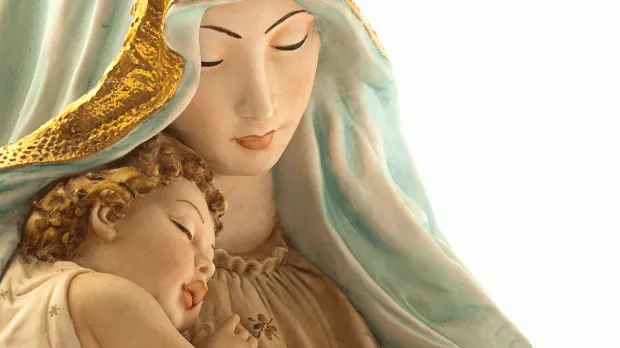
A prayer to keep from feeling that you suffer alone
Read More: A prayer to keep from feeling that you suffer aloneGive everything to God, your Heavenly Father. He is with you.We should never suffer alone because we can place all our pains and sorrows into the loving hands of God, our Heavenly Father! He has the power to comfort us in our time of need and bring spiritual consolation, even when the rest of our…
-

God’s Presence in Loneliness: 10 Powerful Bible Quotes
Read More: God’s Presence in Loneliness: 10 Powerful Bible QuotesIsaiah 41:10 “So do not fear, for I am with you; do not be dismayed, for I am your God. I will strengthen you and help you; I will uphold you with my righteous right hand.” Deuteronomy 31:6 “Be strong and courageous. Do not be afraid or terrified because of them, for the Lord your…
-
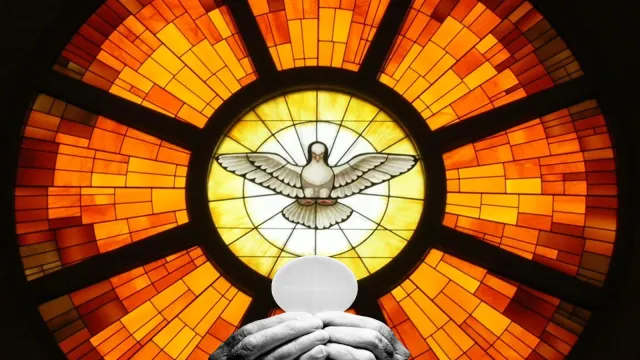
Daily Consecration to the Holy Spirit
Read More: Daily Consecration to the Holy SpiritMost holy Spirit receive the consecration that I make of my entire being today to you. From this moment on, come into every area of my life and into each of my actions. you are my Light, my Guide, my Strength, and the sole desire of my heart. I abandon myself without reserve to your…
-

THANK YOU 150,000 BEAUTIFUL SOULS!🎉🌟
Read More: THANK YOU 150,000 BEAUTIFUL SOULS!🎉🌟🎉🌟 Thank You, 150,000 Beautiful Souls! Blessed be to God! 🌟🎉 Praise be to the Almighty for guiding us on this incredible journey! Reaching 150,000 subscribers on YouTube is not just a milestone; it’s a testament to the grace and blessings showered upon us. In this moment of profound gratitude, I bow my head in…
-
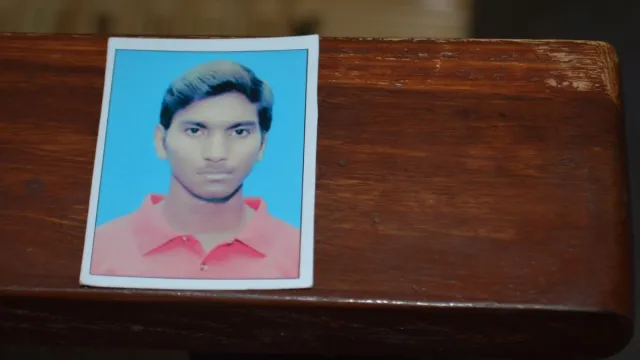
Will Akash Bashir become Pakistan’s 1st saint?
Read More: Will Akash Bashir become Pakistan’s 1st saint?By Aleteia A thanksgiving Mass was celebrated in the cathedral of Lahore (Pakistan) to close the diocesan phase of the cause for beatification of young Akash Bashir. “Iwill die, but I will not let you go in.” These were Akash Bashir’s last words as he offered his life in sacrifice, preventing a terrorist attack on…
Search
Popular Posts
-
🙏 A New Chapter Begins: Supporting Pope Leo XIV with Prayer and Hope | W/ Daniel O’Connor
“Give the new pope a break and support him with your prayers.”–…
-
Possible Candidates for The Next Pope!
Some Candidates for the New Papacy Today we will share with you…
Categories
Archives
Tags
#Miracles (102) 2023 (4) 2024 (4) approved miracles (2) catholic (141) catholic blog (375) catholic meditations (7) catholic miracles (371) catholic motivation (2) catholic news (371) catholic prayers (4) CatholicSeers (359) catholic vlog (375) catholic websites (6) Eucharistic miracle (2) fr jim blount (3) GisellaCardia (11) hamas (3) imitation of christ (2) Israel (4) israel live (5) Israel news (9) jesus (3) jesus christ (4) Latest messages (11) lent 2023 (10) lent 2024 (4) lent homily (2) lent retreat (4) lent retreat 2023 (3) Lourdes (2) messages from god (6) MessagesFromHeaven (364) miracles of catholic church (2) mother and refuge (2) ourlady (325) OurLadyApparitions (22) our lady of lourdes (2) Pope (2) POPE francis (3) pope francis news (2) prayers (3) real miracles (356) sacred heart of jesus (2) The Miracles of Lourdes (2)




